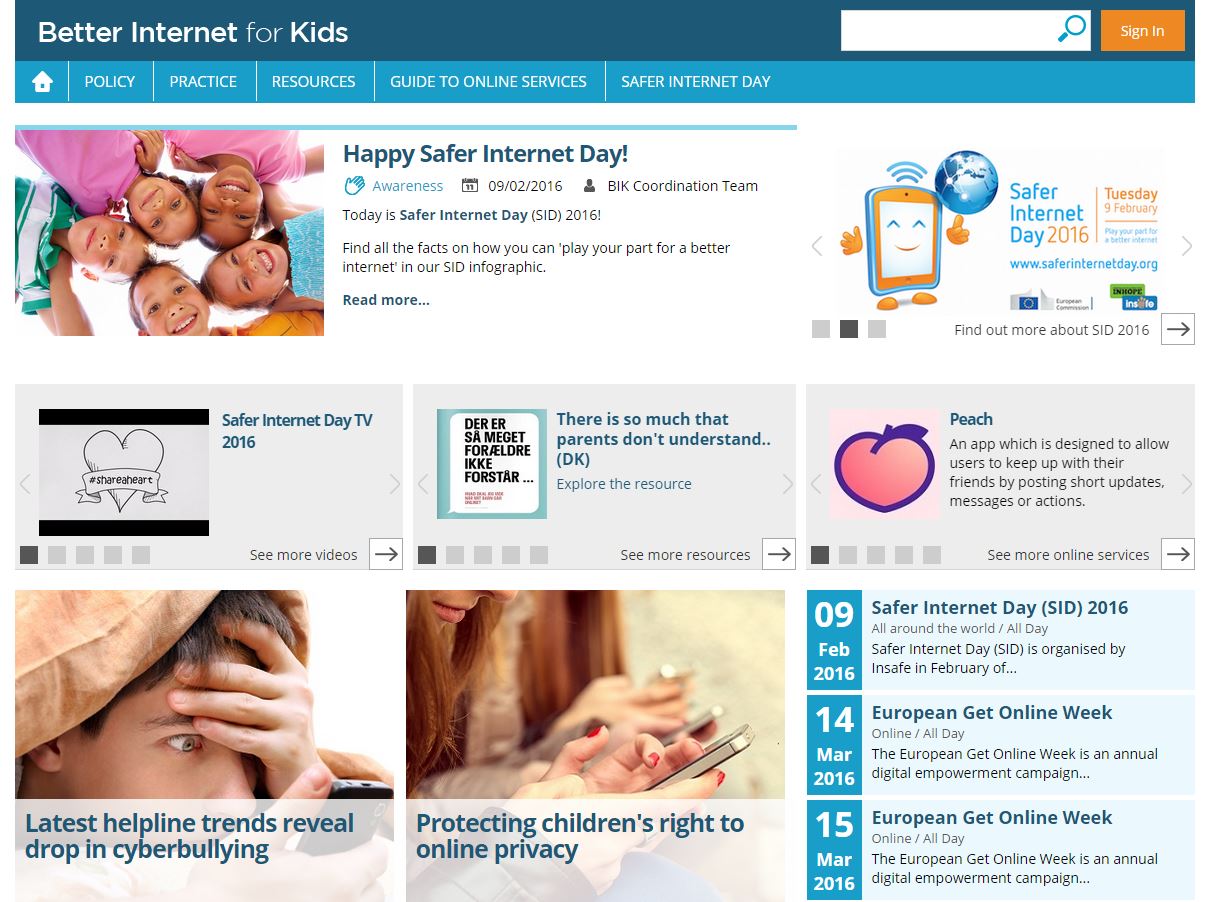Intl Day of the World’s Indigenous Peoples
credits: © Muellek Josef/ Shutterstock.com
"We will not achieve the Sustainable Development Goals if we fail to address the educational needs of indigenous peoples."
Secretary-General, Ban Ki-moon
credits: UNESCO
August 9 is the International Day of the World’s Indigenous People. The United Nations created this day 9 August 1994, “to strengthen international cooperation for solving problems faced by indigenous people in such areas as human rights, the environment, development, education and health.”
Women learning to write in Chiapas, Mexico
credits: © UNESCO/Victor M. Camacho Victoria
This year’s International Day of the World’s Indigenous Peoples is devoted to the right to education.
The right of indigenous peoples to education is also protected by a number of other international human rights instruments, including the Universal Declaration of Human Rights.
The right of indigenous peoples to education is protected by the UN Declaration on the Rights of Indigenous Peoples, which in Article 14 states:
“Indigenous peoples have the right to establish and control their educational systems and institutions providing education in their own languages, in a manner appropriate to their cultural methods of teaching and learning.”
indigenous peoples education in Colombia
credits: UN Gill Fickling
Goal 4 of the 2030 Agenda for Sustainable Development calls for ensuring equal access to all levels of education and vocational training for the vulnerable, including persons with disabilities, indigenous peoples and children in vulnerable situations.
This agenda recognizes, for the first time at this level, indigenous peoples as distinct groups, and their role in global efforts to build a better future for all.
In spite of these instruments, the right to education has not been fully realized for most indigenous peoples, and a critical education gap exists between indigenous peoples and the general population.
Indigenous little girl Brazil
via Pinterest
Since 2011, the European Union and UNICEF have been working together with countries now in the process of joining the European Union, such as Albania, Bosnia and Herzegovina, Serbia and Turkey.
"We rely on UNICEF's and EDF's expertise and knowledge to influence policies that have an impact on children who are victims of violence and children with disabilities".
Some data:
- There are an estimated 370 million indigenous people in the world, living across 90 countries.
- They make up less than 5 per cent of the world's population, but account for 15 per cent of the poorest.
- They speak an overwhelming majority of the world's estimated 7,000 languages and represent 5,000 different cultures.
Intl Day of the World’s Indigenous Peoples
On this day, Unesco pays tribute to the world’s 370 million indigenous people, and reaffirm UNESCO’s determination to safeguard and promote their identities, languages and knowledge systems.
Indigenous peoples are custodians to rich cultural diversity, carrying unique wisdom of sustainable living and respect for biodiversity. Nurturing and harnessing this potential calls for inclusive and equitable quality education for all. Too many indigenous peoples are still denied the full right to quality education.
Intl Day of the World’s Indigenous Peoples
Education:
"Children of indigenous people remain less likely to be enrolled in school and more likely to underperform than non-indigenous children. Linked with socio-economic and cultural barriers, this marginalization often creates a vicious circle of disadvantage. This moral and development gap undermines humanity as a whole."
Irina Bokova, Director-Generale of Unesco
Some facts:
- Barriers to education for indigenous students include stigmatization of indigenous identity and low selfesteem of indigenous learners;
- Discriminatory and racist attitudes in the school environment, including in textbooks and materials and among non-indigenous students and teachers;
- Language barriers between indigenous learners and teachers;
- Inadequate resources and low prioritization of education for indigenous peoples, reflected in poorly trained teachers as well as lack of textbooks and resources.
Human rights, cultural and linguistic diversity are good subjects to include into the school curriculum.
One of the clear things that we see among a lot of students is the desire to connect with other students and that's something that technologies facilitate.
One of the clear things that we see among a lot of students is the desire to connect with other students and that's something that technologies facilitate.
Students and educators from different nations are encouraged to participate in observing the day to spread the UN’s message and UNESCO message on this special day that has the theme Indigenous peoples' right to Education.
Activities may include educational forums and some activities in the classroom to gain an appreciation and a better understanding of indigenous peoples, their cultural and linguistic diversity.
Intl Day of the World’s Indigenous Peoples
Indigenous children in Chile
Activities:
- Consulting the Education Targets and discuss the items in your lessons (more than one lesson);
- Messages from your students for indigenous young people and educators via UN, UNESCO or UFCW Canada;
- Sending textbooks and educational resources (devices students don't use anymore via Unicef;
- Performances about indigenous artists and culture;
- Panel discussions on cultural and linguistic diversity, gender equality;
- Videos watching on cultural and linguistic diversity;
- Role of women as navigators in indigenous people.
Let's use the media to create bridges between young people and establish a truly intercultural world, where diversity is celebrated.
A world where different cultures not only coexist but value each other for their contributions and potential.
Students and educators are an important part of society to built bridges on a true dialogue.
They are spontaneous, curious and love to learn about different cultures and languages.
"Our key challenge is to bring this wealth of knowledge and culture together for the benefit of all, in full respect of human rights. This is UNESCO’s mandate, and this is our renewed pledge on this International Day."
Irina Bokova, Director-Generale of Unesco
G-Souto
09.08.2016
Copyright © 2016G-Souto'sBlog, gsouto-digitalteacher.blogspot.com®

Schools : Let's talk about Intl Day of the World's Indigenous Peoples by G-Souto is licensed under a Creative Commons Attribution-NonCommercial-NoDerivatives 4.0 International License.













